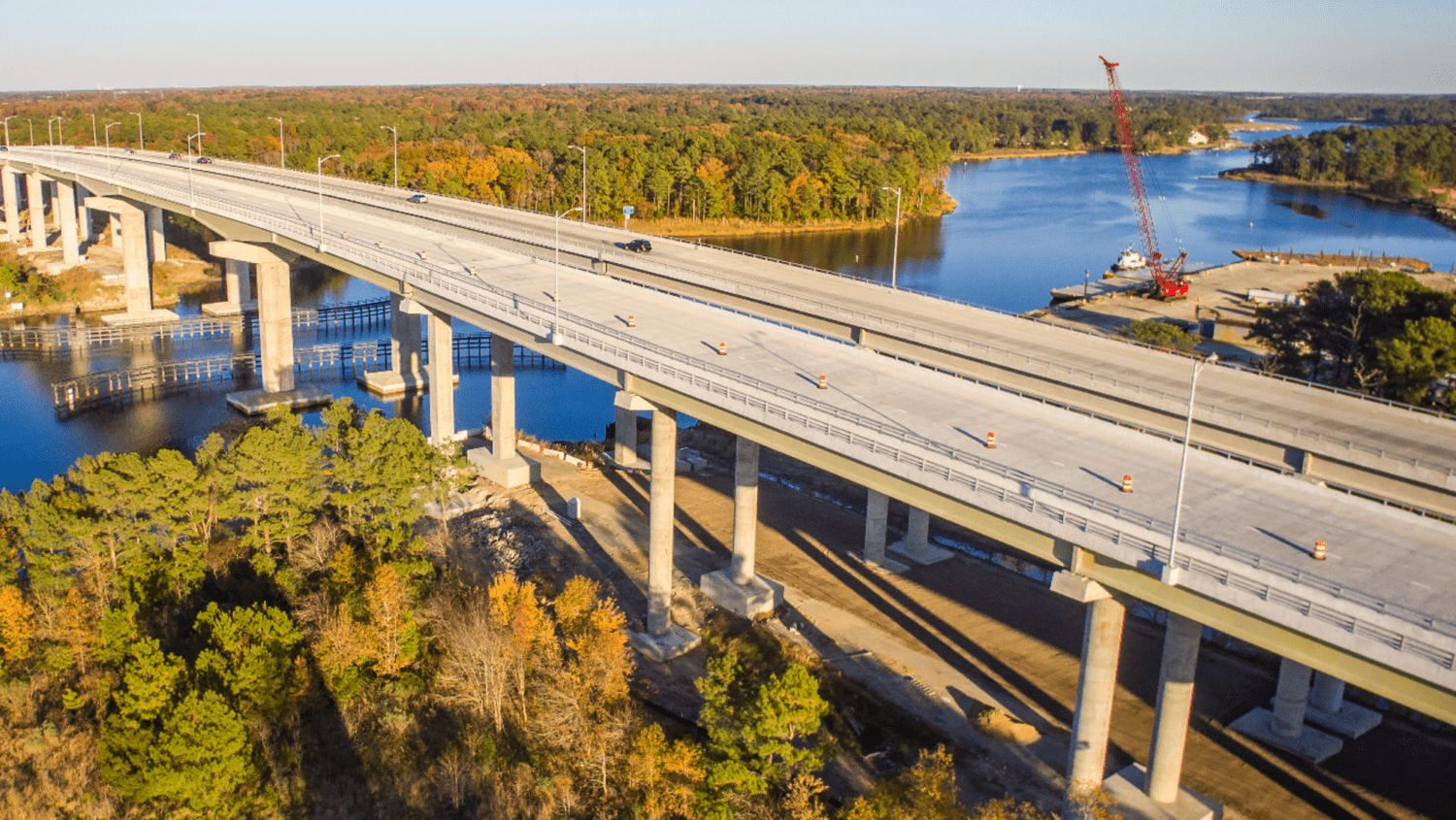The first phase of construction of the New Dubbo Bridge in Australia is officially set to begin in 2023. This came to light following the announcement of the appointment of Abergeldie as the contractor for the project.
Also Read: Taree railway station in Australia: Contract for accessibility upgrade awarded
The bridge will be constructed across the Macquarie River and Brisbane Street. It will be approximately 660 meters long and 14 meters wide. Moreover, the bridge will reportedly include two 3.5 meters wide lanes, and a 1-meter-wide painted median. In addition, it will feature a 2.5-meter wide shoulder on both sides of the road, and twin rail safety barriers.
The proposed construction of the bridge will be carried out as part of the $220.2 million Newell highway upgrade project.
An overview of the Newell highway upgrade project
Newell highway forms part of the National Land Transport Network and it is a critical link between Melbourne and Brisbane.
The highway contributes to Australia’s competitiveness in the agricultural and mining sectors. This is done through the provision of access to essential and increasingly important freight networks in NSW, Victoria and Queensland.
In addition to the construction of the Dubbo Bridge, the Newell highway upgrade project includes the construction of about 2.2 kilometers of the new carriageway with a single lane in each direction.
The carriageway will span the Thompson Street/ Whylandra Street (Newell Highway) intersection and the River Street / Bourke Street (Newell Highway) intersection. It will comprise two 3.5 meters wide lanes, and a 1-meter-wide painted median, in addition to a 2-meter wide shoulder on both sides of the road.
Moreover, the Newell highway upgrade project includes the construction of retaining wall structures along sections of River Street and changes to local roads to tie in with the new Bypass.
The project is the fifth infrastructure project under the Building A Better Dubbo initiative. It is jointly funded by the New South Wales Government and the Federal Government, on a 20-80 basis.

Leave a Reply